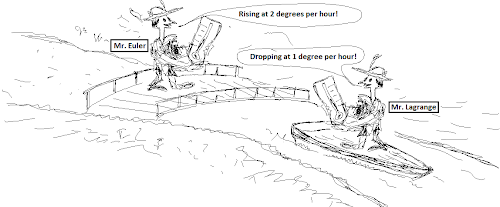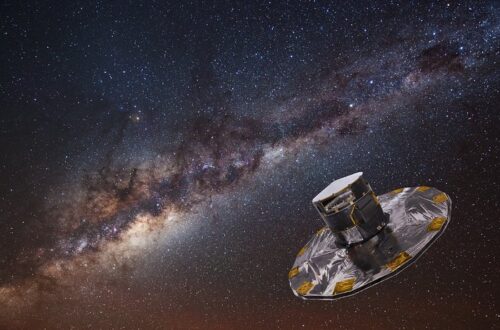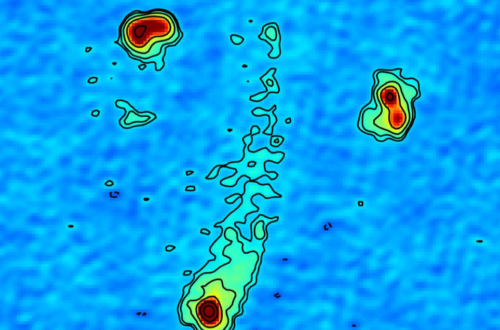On December 25th 2021, while many people were opening their Christmas presents, astronomers around the world were getting excited about another kind of present: the James Webb Space Telescope (JWST). Launched at 13:20 on Christmas day, this new telescope built by ESA, NASA, and the Canadian Space Agency, finally made it to space after years of delay due to its complexity and the number of tests it had to go through before being cleared to go up. It is the largest telescope ever sent in orbit and represents not only a real opportunity for astronomy but also a progress in technology and engineering.
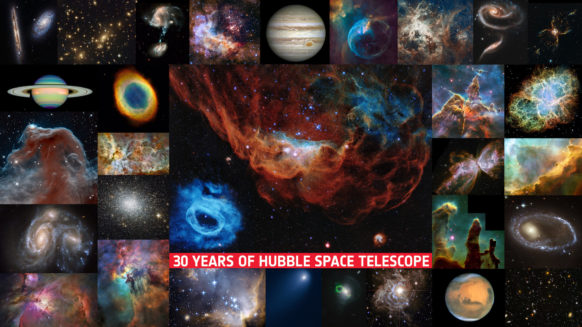
You are probably familiar with the Hubble Space Telescope (HST) which has been orbiting Earth since 1990, and if not, you are at least probably familiar with a few of its pictures. HST, which observes mainly in the visible spectrum, has uncovered many things in the field through its observations of stars, planets, and galaxies, while providing us with breathtaking images of our universe. The same can be expected from JWST which is often seen as HST’s replacement, however there are a few main differences that should be noted.
HST primarily looks in the visible, near infrared, and ultraviolet spectra between 100 and 1700 nm, compared to a human eye capable of seeing between 400 and 800 nm, while JWST will be observing in the infrared spectrum at wavelengths between 600 and 28500 nm. This difference will allow JWST to explore new domains of astronomy such as the early universe while also completing the precious information HST has given us in its past 30 years of service.
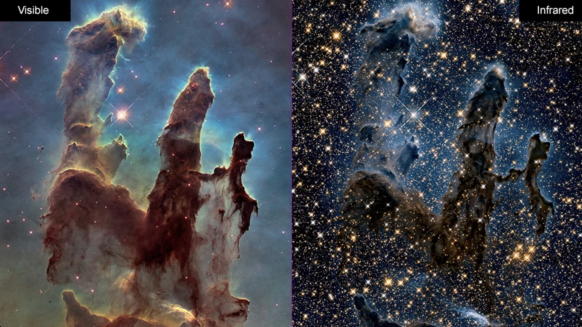
Another major difference is in the overall design of the telescope, which is where the engineering genius comes up. JWST has 18 hexagonal mirrors, each with their own apparatus to correct their position relative to one another to create a “single” giant mirror of 6.5 m in diameter. This means that the whole telescope had to be sent folded, to then unfold in space, a process inspired by origami and worth watching an animation of. Compared to HST and its 2.4 m one-piece mirror, JWST will be able to take pictures with 3 times the resolution of HST. This promises new discoveries and improvements to our theories, both by looking at the distant, early universe or simply by looking at our own solar system in greater details.
Lastly, HST has been orbiting Earth at an altitude of 540 km, about a hundred kilometers higher than the International Space Station, making it accessible for servicing missions such as the optical instrument correction that happened in 1993. On the other hand, JWST is not orbiting the Earth but the Sun. This is done by sending the telescope to a Lagrangian point which is a point in space where an object stays in equilibrium between the gravitational attraction of two massive bodies, here the Earth and the Sun. This means that JWST is going around the Sun along with Earth while being at a staggering distance of 1.5 millions kilometers from us.
Now in place at its Lagrangian point and fully deployed, the first (and most stressful) part of the mission is over. However, the biggest part is yet to start with the telescope going fully online and starting to observe in a few months, after finishing a period of alignment and focusing of the mirrors, to not only improve but complete HST’s work at longer wavelengths. More science (and pretty pics) to come!



